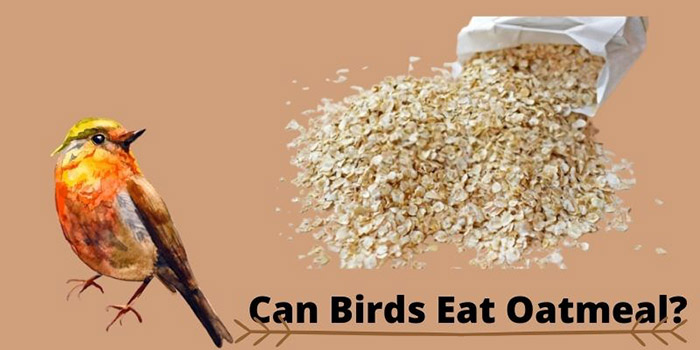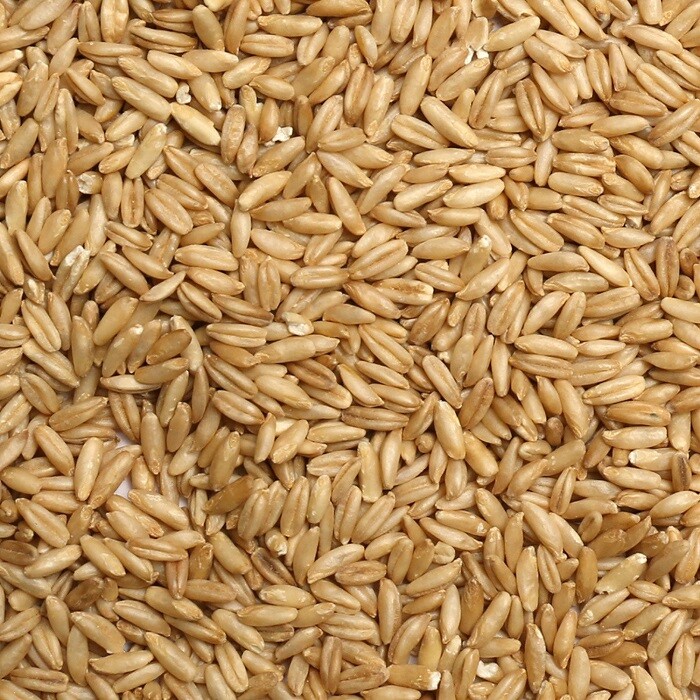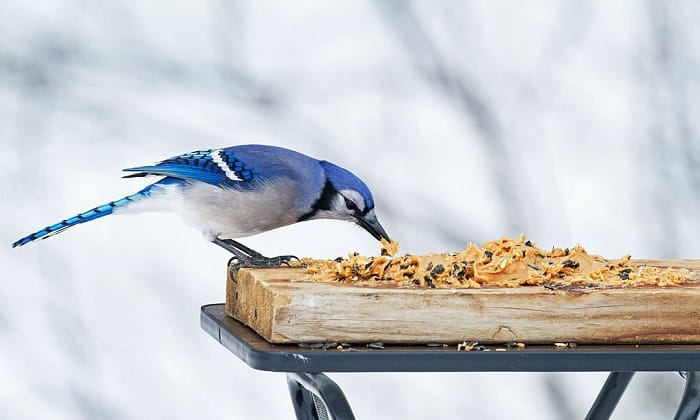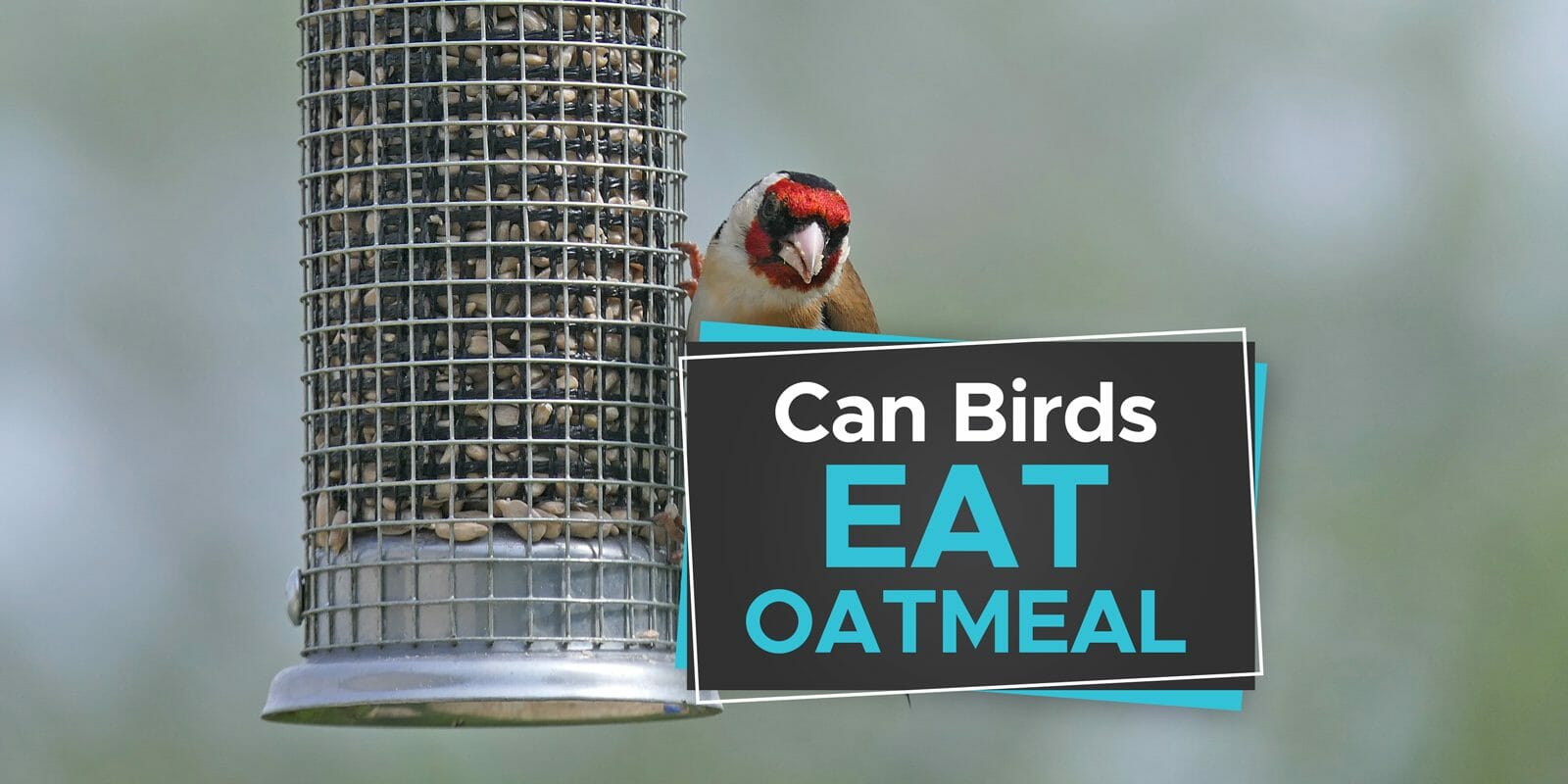How to Prepare Oats Soaked in Fat for Your Garden Birds
Preparing oats soaked in fat for your garden birds is a simple process that requires just a few ingredients and some basic equipment. To get started, you’ll need a bag of rolled oats, a high-quality fat source such as suet or peanut butter, and a clean, dry container to mix and store the treat.
The ideal ratio of oats to fat is around 1:1, although you can adjust this to suit the preferences of your garden birds. For example, if you’re feeding birds that are particularly fond of fat, such as woodpeckers or nuthatches, you may want to use a slightly higher ratio of fat to oats.
To prepare the oats soaked in fat, simply melt the fat in a saucepan over low heat, then stir in the oats until they’re evenly coated. You can also add other ingredients to the mix, such as seeds, nuts, or dried fruit, to provide extra nutrition and variety for your garden birds.
Once the oats soaked in fat have cooled and hardened, you can transfer them to a clean, dry container and store them in the fridge or freezer until you’re ready to feed your garden birds. It’s a good idea to make a batch of oats soaked in fat every few days, as this will ensure that the treat remains fresh and appealing to your garden birds.
When it comes to presenting the oats soaked in fat to your garden birds, you can use a variety of feeders and techniques. For example, you can fill a suet feeder with the oats soaked in fat, or sprinkle them on a bird table or tray feeder. You can also offer the oats soaked in fat in a mesh bag or sock, which will allow the birds to easily access the treat while keeping it clean and dry.
The Best Types of Fat to Use for Bird Feeding
When it comes to feeding birds oats soaked in fat, the type of fat used is crucial. Different types of fat have varying levels of nutritional value, and some are more suitable for bird feeding than others. In this section, we’ll explore the best types of fat to use for bird feeding, including suet, lard, and vegetable oils.
Suet is a popular choice for bird feeding, and for good reason. It’s high in energy and provides a rich source of nutrition for birds. Suet is typically made from animal fat, such as beef or pork fat, and is often mixed with seeds, nuts, and fruits to create a nutritious and appealing treat for birds.
Lard is another type of fat that’s commonly used for bird feeding. It’s similar to suet but has a slightly different consistency and nutritional profile. Lard is often used in combination with suet to create a blend that’s tailored to the specific needs of different bird species.
Vegetable oils, such as peanut oil or sunflower oil, are also used for bird feeding. However, they’re not as popular as suet or lard due to their lower energy content and potential for spoilage. Vegetable oils can be a good option for birds that prefer a lighter, more easily digestible fat source.
When choosing a fat source for bird feeding, it’s essential to consider the nutritional needs of the birds you’re trying to attract. Different bird species have varying requirements for energy, protein, and other nutrients, so it’s crucial to select a fat source that meets those needs.
In addition to nutritional value, it’s also important to consider the melting point of the fat source. In warm weather, fat can melt and become rancid, which can be detrimental to the health of birds. Look for fat sources with a high melting point, such as suet or lard, to ensure that they remain stable and nutritious even in warm temperatures.
What to Expect When Feeding Birds Oats Soaked in Fat
Feeding birds oats soaked in fat can be a thrilling experience, especially when you see the enthusiasm with which they devour this high-energy treat. Birds that are fed oats soaked in fat tend to be more active and energetic, and they often display a range of fascinating behaviors.
One of the most noticeable effects of feeding birds oats soaked in fat is the increase in bird activity around the feeder. Birds will often flock to the feeder, competing with each other for access to the treat. This can lead to some fascinating observations, such as birds chasing each other away from the feeder or engaging in playful battles over the oats.
In addition to the increase in bird activity, feeding birds oats soaked in fat can also attract a wider variety of species to your garden. Birds that are particularly fond of oats soaked in fat, such as woodpeckers and nuthatches, may visit your garden more frequently, and you may even attract some new species that you haven’t seen before.
Another benefit of feeding birds oats soaked in fat is the opportunity to observe their behavior up close. By placing the feeder in a location where you can easily observe the birds, you can gain a deeper understanding of their behavior and social interactions. This can be a fascinating and rewarding experience, especially for bird enthusiasts and nature lovers.
It’s worth noting that the behavior of birds when fed oats soaked in fat can vary depending on the species and the time of year. For example, during the winter months, birds may be more aggressive and competitive when fed oats soaked in fat, as they need to conserve energy to stay warm. In contrast, during the spring and summer months, birds may be more relaxed and social when fed oats soaked in fat, as they have access to more abundant food sources.
Tips for Feeding Birds Oats Soaked in Fat in Different Seasons
Feeding birds oats soaked in fat can be a year-round activity, but it’s essential to adjust the feeding schedule and technique according to the season. In this section, we’ll provide tips on how to feed birds oats soaked in fat during different seasons, including how to keep the fat from melting in warm weather and how to provide extra energy during cold snaps.
During the winter months, birds need extra energy to stay warm, and oats soaked in fat can be a vital source of nutrition. To ensure that the fat doesn’t freeze, use a high-quality suet or lard that has a high melting point. You can also add some warm water to the oats soaked in fat to make it more palatable for the birds.
In the spring and summer months, birds are more active, and they need a diet rich in protein and fat to support their breeding and nesting activities. Oats soaked in fat can be a great supplement to their natural diet, but it’s essential to keep the fat from melting in the warm weather. Use a suet feeder or a mesh bag to keep the oats soaked in fat cool and fresh.
During the fall months, birds are preparing for migration, and they need a diet rich in fat to support their journey. Oats soaked in fat can be a great source of energy for birds during this time, but it’s essential to provide enough water to keep them hydrated.
Regardless of the season, it’s essential to provide a variety of food sources for birds, including seeds, nuts, and fruits. Oats soaked in fat should be used as a supplement to their natural diet, not as a replacement.
By adjusting the feeding schedule and technique according to the season, you can ensure that your birds receive the nutrition they need to thrive. Remember to always use high-quality ingredients and to provide enough water to keep your birds hydrated.
Product Review: Suet Feeders for Oats Soaked in Fat
When it comes to feeding birds oats soaked in fat, having the right suet feeder can make all the difference. A good suet feeder should be easy to clean, durable, and able to withstand the elements. In this review, we’ll take a look at some of the best suet feeders on the market, including the Audubon Park Suet Feeder and the Perky-Pet Suet Feeder.
The Audubon Park Suet Feeder is a popular choice among bird enthusiasts. It’s made from durable plastic and features a unique design that allows for easy cleaning and filling. The feeder also has a built-in roof to protect the suet from the elements, and it’s able to hold up to 2 pounds of suet.
The Perky-Pet Suet Feeder is another great option for feeding birds oats soaked in fat. It’s made from a durable metal mesh that allows for good airflow and easy cleaning. The feeder also has a built-in tray to catch any drips or spills, and it’s able to hold up to 1.5 pounds of suet.
Both of these suet feeders are great options for feeding birds oats soaked in fat. They’re easy to use, durable, and able to withstand the elements. However, it’s worth noting that the Audubon Park Suet Feeder is slightly more expensive than the Perky-Pet Suet Feeder.
When choosing a suet feeder, it’s essential to consider the type of birds you’re trying to attract. Different bird species have different preferences when it comes to suet feeders, so it’s crucial to choose a feeder that meets their needs.
In addition to the type of birds you’re trying to attract, it’s also essential to consider the size of the feeder. A larger feeder may be more convenient, but it may also be more difficult to clean and maintain.
Overall, both the Audubon Park Suet Feeder and the Perky-Pet Suet Feeder are great options for feeding birds oats soaked in fat. They’re easy to use, durable, and able to withstand the elements. By choosing the right suet feeder, you can provide your birds with the nutrition they need to thrive.
Common Mistakes to Avoid When Feeding Birds Oats Soaked in Fat
Feeding birds oats soaked in fat can be a wonderful way to provide them with the energy they need to thrive. However, there are some common mistakes to avoid when feeding birds oats soaked in fat. In this section, we’ll discuss some of the most common mistakes and how to avoid them.
One of the most common mistakes is using too much fat. While fat is an essential part of a bird’s diet, too much of it can be detrimental to their health. It’s essential to use the right ratio of oats to fat, and to avoid overfeeding the birds.
Another common mistake is not providing enough water. Birds need access to fresh water at all times, and feeding them oats soaked in fat without providing enough water can lead to dehydration. Make sure to provide a source of fresh water near the feeder, and to clean the water regularly.
Neglecting to clean the feeders regularly is another common mistake. Feeders can become dirty and moldy if not cleaned regularly, which can lead to the spread of disease. Make sure to clean the feeders at least once a week, and to disinfect them regularly.
Using low-quality oats or fat is another common mistake. Using low-quality ingredients can lead to a decrease in the nutritional value of the oats soaked in fat, and can also lead to digestive problems in the birds. Make sure to use high-quality oats and fat, and to avoid using any ingredients that may be toxic to birds.
Finally, not providing a variety of food sources is another common mistake. While oats soaked in fat can be a nutritious treat for birds, it’s essential to provide a variety of food sources to ensure that they are getting all the nutrients they need. Make sure to provide a variety of seeds, nuts, and fruits, and to rotate the food sources regularly.
By avoiding these common mistakes, you can ensure that your birds are getting the nutrients they need to thrive. Remember to always use high-quality ingredients, to provide a variety of food sources, and to clean the feeders regularly.
Conclusion: Why Oats Soaked in Fat Should Be a Staple in Your Bird Feeding Routine
Feeding birds oats soaked in fat is a simple yet effective way to provide them with the energy they need to thrive. By incorporating this high-energy treat into your bird feeding routine, you can attract a variety of species to your garden, support their overall health and well-being, and enjoy the many benefits of birdwatching.
As we’ve discussed throughout this article, feeding birds oats soaked in fat offers a range of benefits, from providing essential energy and nutrients to supporting their natural behaviors and social interactions. By choosing the right type of fat, preparing the oats correctly, and presenting the treat in a way that’s appealing to the birds, you can create a bird-friendly environment that’s both enjoyable and rewarding.
Whether you’re a seasoned bird enthusiast or just starting out, feeding birds oats soaked in fat is a great way to connect with nature and support the local bird population. By making this high-energy treat a staple in your bird feeding routine, you can create a haven for birds that’s both nourishing and enjoyable.
So why not give it a try? With its many benefits and ease of preparation, feeding birds oats soaked in fat is a great way to enhance your bird feeding routine and create a welcoming environment for your feathered friends.
Conclusion: Why Oats Soaked in Fat Should Be a Staple in Your Bird Feeding Routine
Feeding birds oats soaked in fat is a simple yet effective way to provide them with the energy they need to thrive. By incorporating this high-energy treat into your bird feeding routine, you can attract a variety of species to your garden, support their overall health and well-being, and enjoy the many benefits of birdwatching.
As we’ve discussed throughout this article, feeding birds oats soaked in fat offers a range of benefits, from providing essential energy and nutrients to supporting their natural behaviors and social interactions. By choosing the right type of fat, preparing the oats correctly, and presenting the treat in a way that’s appealing to the birds, you can create a bird-friendly environment that’s both nourishing and enjoyable.
Whether you’re a seasoned bird enthusiast or just starting out, feeding birds oats soaked in fat is a great way to connect with nature and support the local bird population. By making this high-energy treat a staple in your bird feeding routine, you can create a haven for birds that’s both nourishing and enjoyable.
So why not give it a try? With its many benefits and ease of preparation, feeding birds oats soaked in fat is a great way to enhance your bird feeding routine and create a welcoming environment for your feathered friends.







